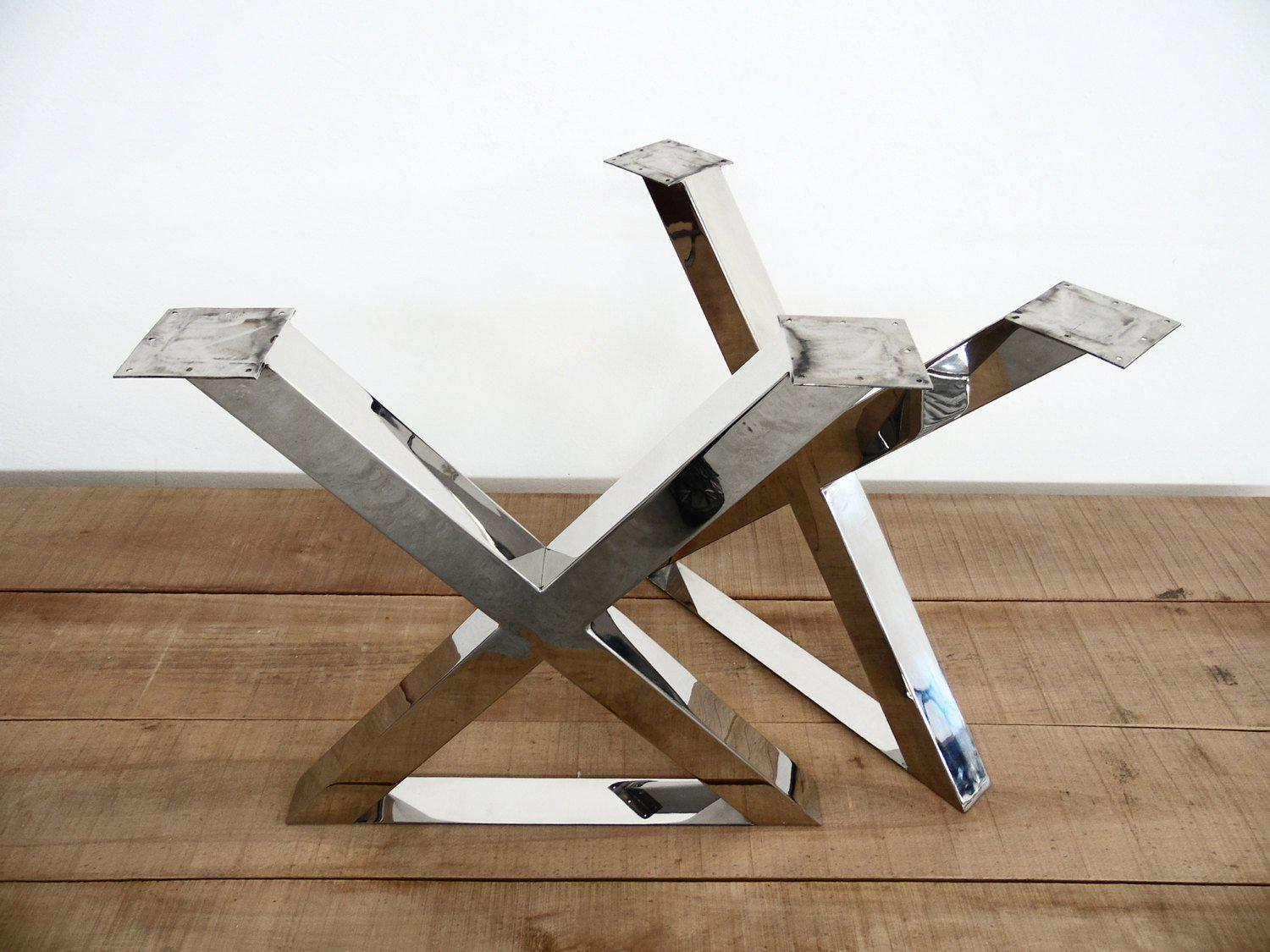Personalized Dining Room Table Legs: A Stylish Enhancement to Any Kind Of Home
Personalized Dining Room Table Legs: A Stylish Enhancement to Any Kind Of Home
Blog Article
An In-depth Look at Table Leg Styles: Locating the Perfect Match
Choosing the best dining table leg design is vital for both visual appeal and practical functionality. Typical 4 legs use ageless style and security, while the pedestal base provides raised legroom and a contemporary look. For those with bigger tables, trestle legs make sure durable support, whereas barrette legs introduce a mid-century modern-day vibe with their minimal style. The x-shaped legs blend modern style with boosted stability. Each of these choices brings distinct advantages, making the selection more than simply a matter of choice. Check out further to find which style completely complements your eating space and way of living.
Conventional Four Legs
Amongst the numerous kinds of eating table leg styles, the typical four-leg layout continues to be a classic option for lots of families. Four legs offer balanced support, ensuring the table continues to be secure and qualified of bearing considerable weight (dining room table legs).
From an aesthetic perspective, the typical four-leg layout can be quickly adapted to various indoor designs. Whether crafted from wood, metal, or a mix of materials, these legs can be intricately sculpted, streamlined and minimalistic, or anything in between. Their versatility allows them to enhance both rustic and contemporary settings seamlessly.
Moreover, the straightforward framework of the four-leg style assists in ease of activity and positioning within a room. Unlike even more complicated bases, this style decreases obstructions, providing ample legroom for restaurants. In summary, the traditional four-leg eating table leg style weds withstanding elegance with sensible capability, making it an astute option for those seeking both type and function in their eating furniture.
Stand Base
Frequently commemorated for its stylish and space-efficient layout, the pedestal base is a notable option to the typical four-leg setup in eating table leg styles. This distinct base generally includes a single central column sustaining the tabletop, which can vary in kind, from ornately carved wood to streamlined, modern steel. Among the primary benefits of the stand base is its capability to take full advantage of legroom and seating flexibility. Without corner legs, restaurants are afforded higher freedom of movement, making it an excellent choice for round and oval tables that advertise even more intimate and inclusive events.
Furthermore, the pedestal base's central support can manage considerable weight, permitting the usage of heavier tabletops, such as marble or thick hardwood. This strength coupled with its aesthetic versatility makes the pedestal base a preferred option in both typical and contemporary interior settings. It can effortlessly incorporate with different style styles, from traditional sophistication to minimal modernity. The main column itself uses a canvas for elaborate you could look here designs and artistic expressions, including a component of visual passion under the table. In recap, the pedestal base combines capability snappy, making it a fine-tuned and useful option for varied dining environments.
Trestle Legs
Trestle legs supply a robust and classic foundation for eating tables, i was reading this defined by their straight cross-bracing and strong support light beams. Originating from middle ages times, this design has actually evolved yet retained its essential framework, making it a perennial favorite in both traditional and modern setups. The central trestle light beam, typically sustained by 2 or more upright messages, supplies phenomenal stability, permitting for larger table sizes without the demand for extra legs.
A significant advantage of trestle leg tables is the enough legroom they provide. Unlike tables with 4 corner legs, the absence of blockages at the table's sides offers unblocked space for chairs and diners, improving convenience go to the website and ease of access. This makes trestle tables excellent for accommodating larger celebrations, whether in a dining-room or a banquet hall.
The visual versatility of trestle legs is notable. Readily available in a variety of materials such as timber, steel, and composite, they can be finished to complement a wide variety of indoor styles. From rustic farmhouse to sleek contemporary styles, trestle legs can be tailored to match individual tastes. Their enduring charm and practical advantages make trestle legs an engaging selection for those seeking both style and functionality in their eating table.
Hairpin Legs

The allure of hairpin legs lies in their simpleness and versatility - dining room table legs. Readily available in an array of materials, including steel and brass, they can be ended up in numerous colors to enhance various interior styles. Whether coupled with a rustic wood tabletop or a contemporary glass surface area, barrette legs easily mix capability with a touch of vintage appeal
Longevity is another significant attribute of barrette legs. Despite their delicate appearance, these legs are engineered to birth significant weight, ensuring the table remains steady and safe. Additionally, they are reasonably very easy to install, making them a preferred option for DIY fanatics and specialist furnishings manufacturers alike.
X-Shaped Legs

Created from materials such as steel, timber, or a combination of both, X-shaped legs can be tailored to match numerous design choices. Steel legs often provide a streamlined and industrial feeling, perfect for loft-style houses and modern-day dining areas. On the various other hand, wood X-shaped legs provide a warmer, a lot more rustic appeal, appropriate for farmhouse or diverse insides. The flexibility in products permits homeowners to personalize their table to much better fit their overall design plan.
In addition, the engineering behind X-shaped legs ensures even weight distribution, lessening the danger of tottering and boosting longevity. This makes them particularly well-suited for bigger eating tables that need extra support. In essence, X-shaped legs blend functional design with contemporary appearances, making them a classic selection for varied eating settings.
Verdict
A comprehensive understanding of eating table leg designs reveals the distinct features and advantages of each layout. Trestle legs make certain robust support for bigger tables, and hairpin legs present a mid-century contemporary aesthetic.
Report this page